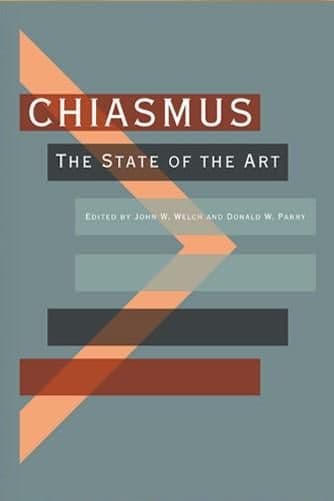Book
17 Chapters

Abstract
Gabriella Gelardini, “From ‘Linguistic Turn’ and Hebrews Scholarship to Anadiplosis Iterata: The Enigma of a Structure,” uses scholarship about the Epistle to the Hebrews as a case study amid the broader history of linguistics and hermeneutics. Building on three key insights developed by Hebrews scholars—concentric structures, homiletic forms, and covenant theology—this paper shows that argumentation in Hebrews operates at a concentric macro-structural level, while its thoughts unfold as concentric circles or symmetries at the micro-structural level. This result helps readers to appreciate the bi-level elegance of the Epistle to the Hebrews, to draw meaningful connections between and comparisons with sister paragraphs, and to understand this important New Testament text as a coherent whole. Methodologically sound, this study shows how Hebrews scholars today can enlist chiasmus as an effective tool of literary-rhetorical analysis.
Book
17 Chapters
Items in the BMC Archive are made publicly available for non-commercial, private use. Inclusion within the BMC Archive does not imply endorsement. Items do not represent the official views of The Church of Jesus Christ of Latter-day Saints or of Book of Mormon Central.